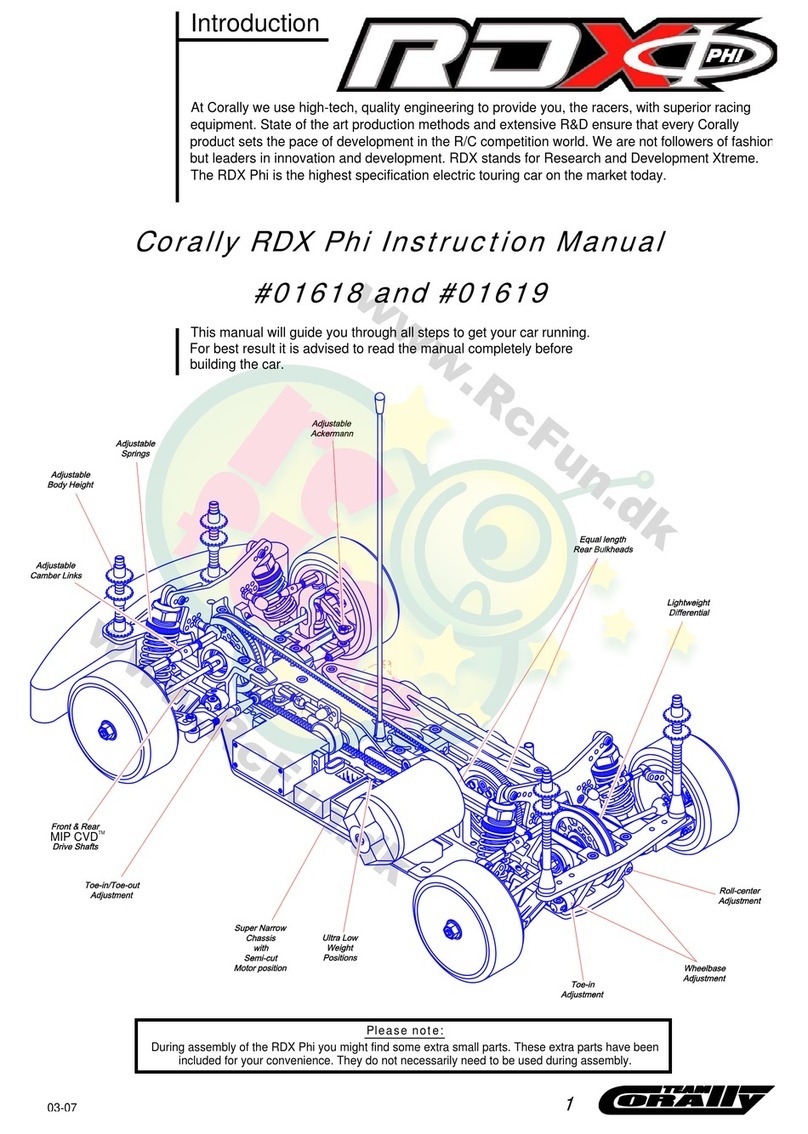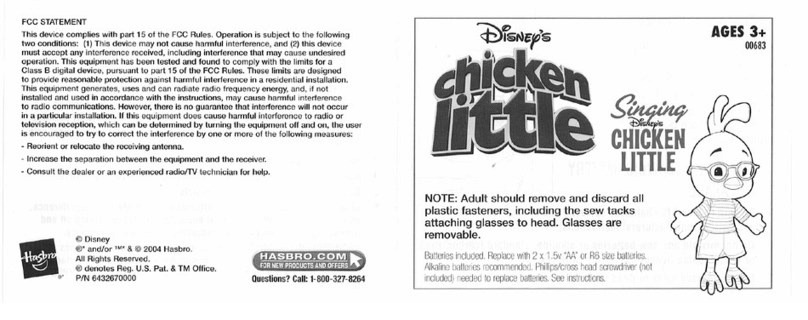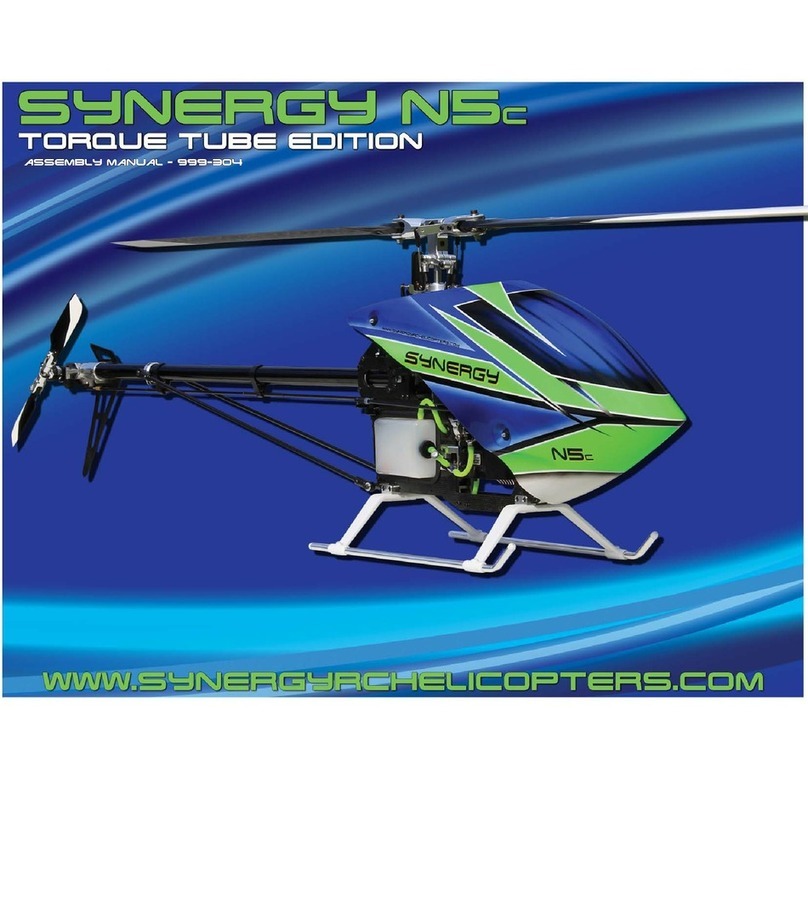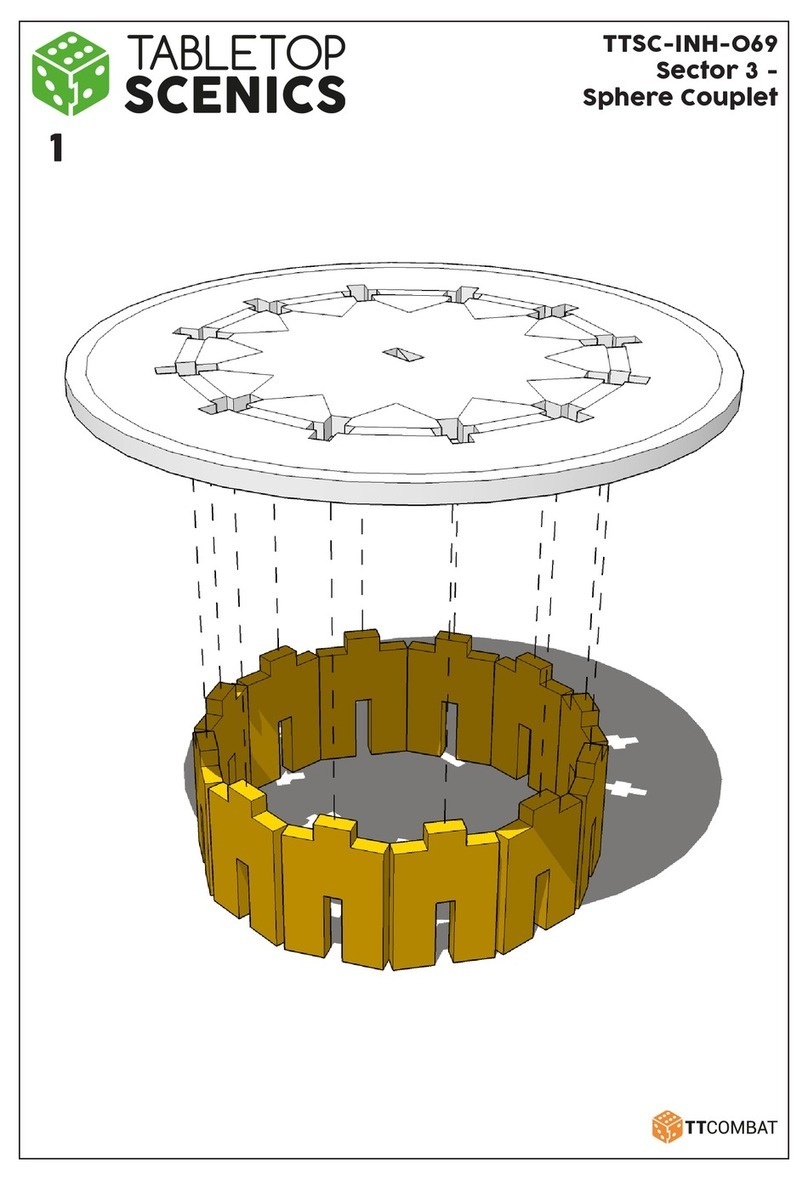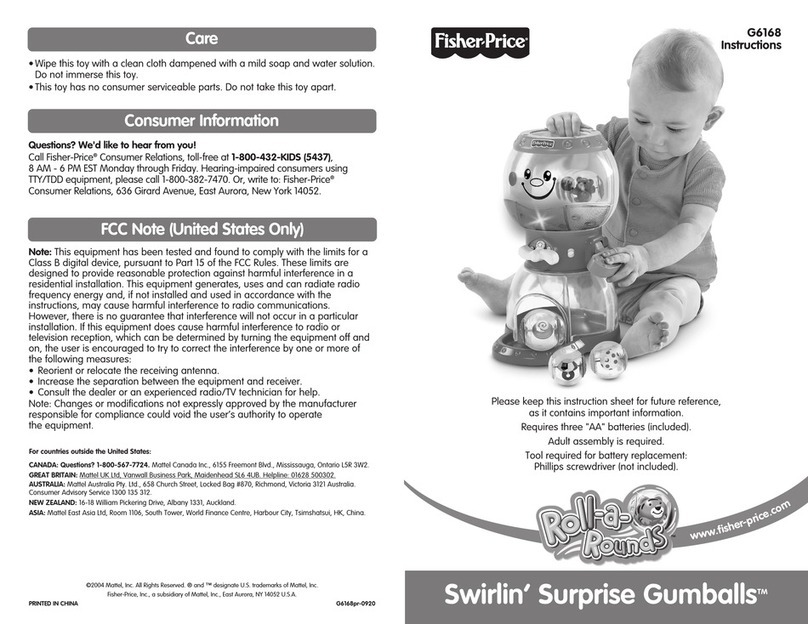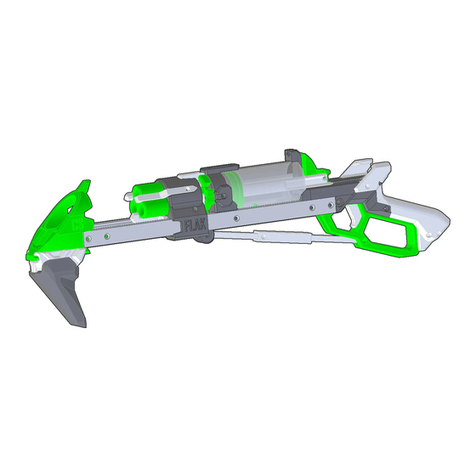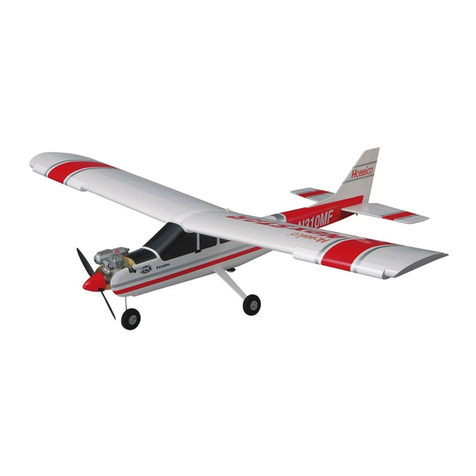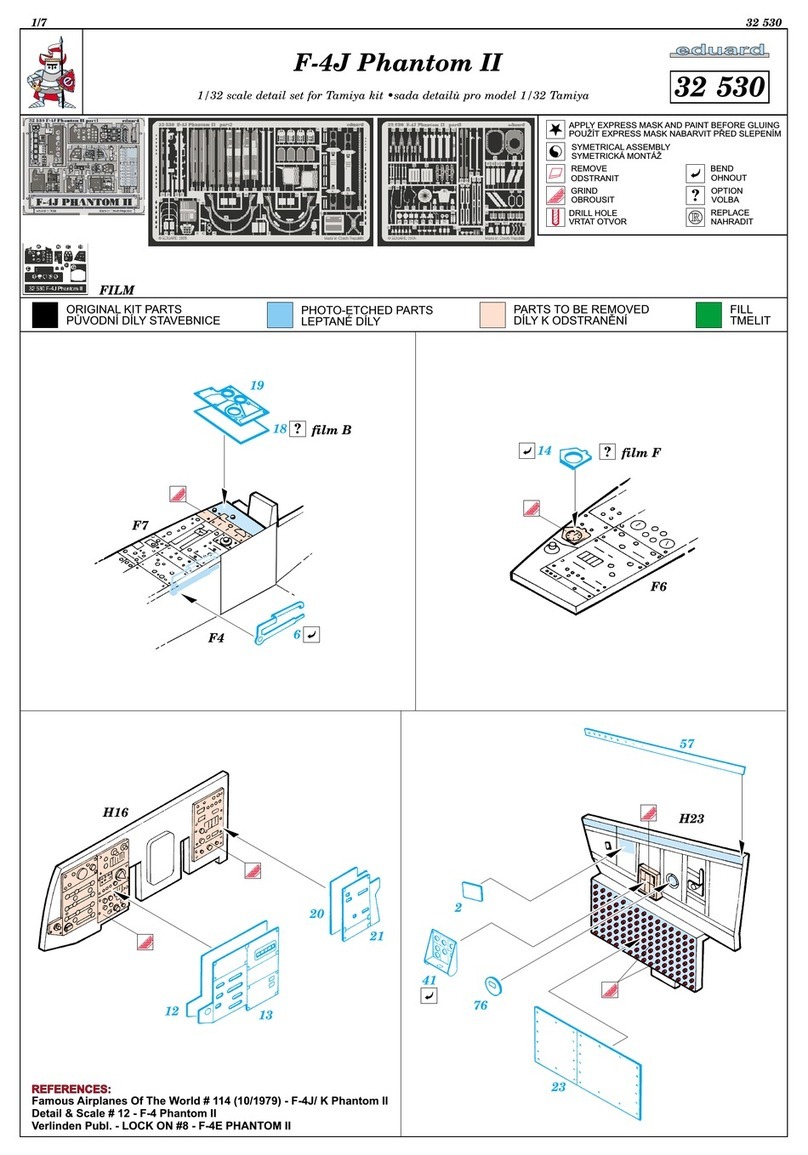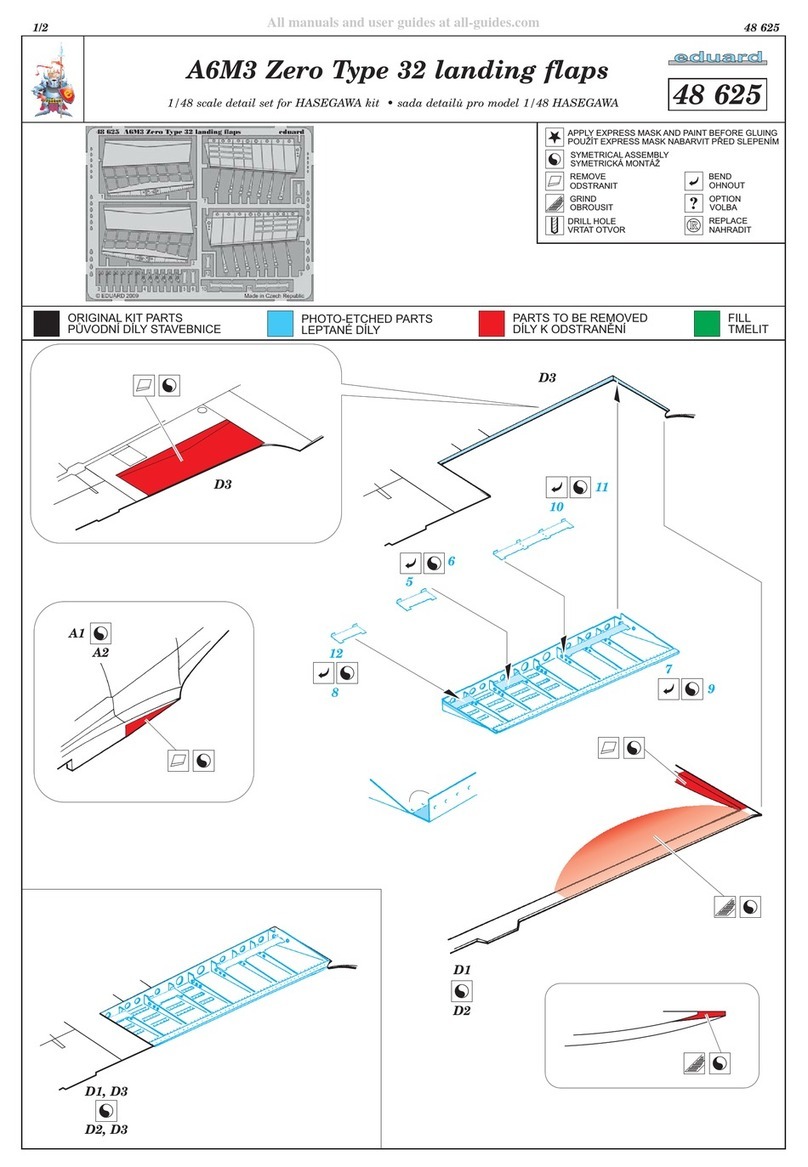8
I.1
Electroencephalography (EEG)
I.2
Intended Use
Electroencephalography is a non-
invasive neuroimaging technique that
records the electrical activity of the
brain. Voltage uctuations, that result
from the ionic current within the brain
neurons, are detected by electrodes
placed on the scalp. The 10-20
international system denes 21 scalp
positions to place the EEG electrodes.
Additionally, the 10-10 system is
obtained by adding electrodes in
the intermediate positions. Both
locations and nomenclature of
the electrodes are standardized
by the International Federation of
Clincial Neurophysiology. The EEG
measurements can be either bipolar
or unipolar. The former method
measures the potential difference
between pairs of electrodes, while
the latter measures the electrode
potential compared to a reference. The
reference might be either the signal
from one electrode or the average of
the measurement from two or more
electrodes.
The EEG measurements are
frequently analyzed with spectral
methods to dene frequency bands,
also known as brain waves. The ve
most common bands are delta (0 - 4
Hz), theta (4 - 8 Hz), alpha (8 - 13 Hz),
beta (13 - 30 Hz), and gamma (30 - 50
Hz). These waveforms provide crucial
information regarding brain function
which is widely use to diagnose
Epilepsy, sleep disorders, Coma
or cerebral death. The EEG differs
from other neuroimaging techniques
due to its high temporal resolution.
However, it is often combined with
magnetic resonance imaging (MRI)
or computed tomography (CT) for
the diagnosis of tumors, stroke and
other brain disorders whose diagnose
also requires high-spatial resolution.
EEG is also used for event-related
potentials (ERP’s) studies, which
analyze the EEG response to visual,
ENOBIO WF is an EEG portable
monitoring device of 8, 20, 32
channels intended for use in a clinical
environment, hospital, research center
or home healthcare environment. The
applications considered are medical
and non-medical such as: Brain
to computer interface (BCI), Basic
EEG research, Medical applications
developments, neuromodulation,
biometry and user affective state.
ENOBIO use must be controlled by
specialized medical personnel able to
guarantee the correct recording.
It is intended to acquire, store, transmit
and display electrophysiological
signals in wireless mode as an aid
in diagnostics. The system digitizes
analogue EEG signals collected by a
cap with electrodes, amplies them,
and uses Wi-Fi wireless connectivity to
transmit the EEG data to a dedicated
host computer with the software.






















